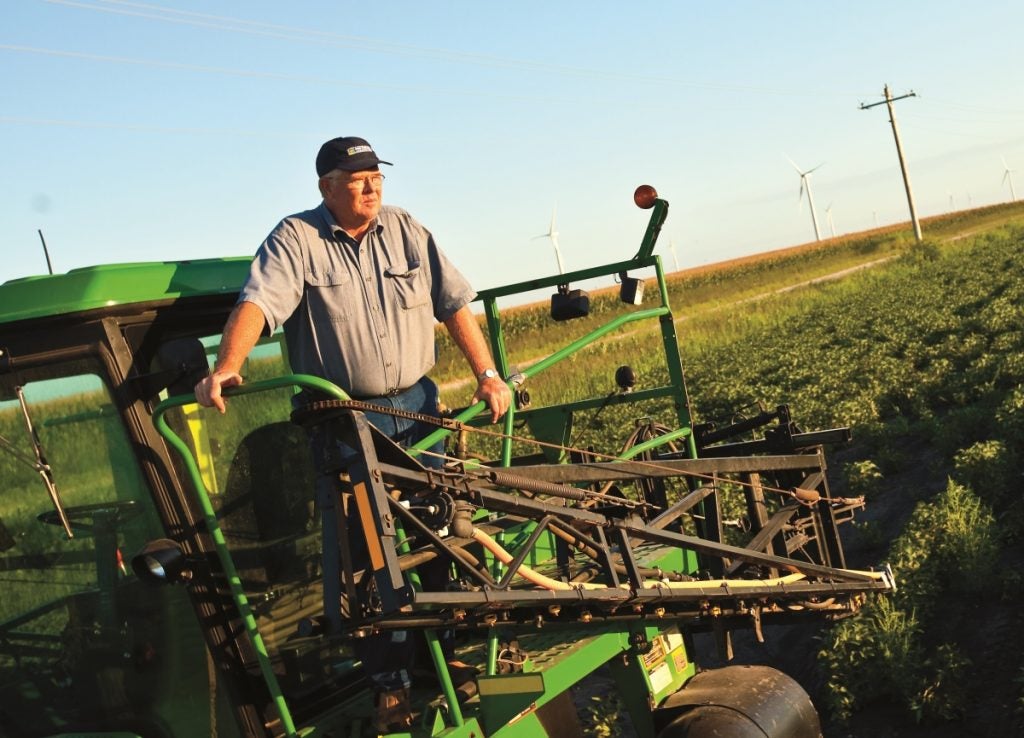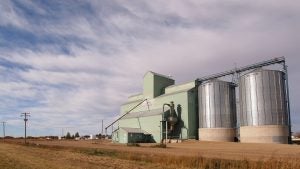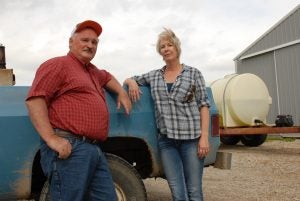I recently participated on a panel discussion with a provocative title: “Elite Food Consumers: A Force for Environmental Good?” The panel was moderated by The Washington Post columnist Tamar Haspel and organized by the Breakthrough Institute.
It was a great discussion because there is no doubt that consumer preferences are changing food – and not just for elite consumers. Even the larger and more affordable food retailers are responding to new consumer demands for how food is produced, what ingredients it contains and how products are marketed. But consumer choices alone won’t reshape the food system.
Minimizing the environmental footprint of agriculture – in ways that don’t hurt farmers’ profitability or consumers’ pocketbooks – will require additional levers. Read More













 Whether in agriculture or any other business, if you don’t have enough money coming in to pay the bills, it’s hard to find the time or resources for anything other than working to turn a red budget spreadsheet black.
Whether in agriculture or any other business, if you don’t have enough money coming in to pay the bills, it’s hard to find the time or resources for anything other than working to turn a red budget spreadsheet black. Farmers have a host of competing priorities clamoring for their time, energy and money. Fortunately, they often have trusted advisers to help them make good decisions for their operations – including about conservation practices on the farm.
Farmers have a host of competing priorities clamoring for their time, energy and money. Fortunately, they often have trusted advisers to help them make good decisions for their operations – including about conservation practices on the farm. The U.S. Senate will confirm the Secretary of Agriculture today, empowering former Georgia Governor Sonny Perdue to lead an agency with a $155 billion budget, some 100,000 employees and ultimate responsibility for our nation’s food security.
The U.S. Senate will confirm the Secretary of Agriculture today, empowering former Georgia Governor Sonny Perdue to lead an agency with a $155 billion budget, some 100,000 employees and ultimate responsibility for our nation’s food security. Farmers are bombarded by product claims these days – and they need help.
Farmers are bombarded by product claims these days – and they need help. The corn and soybean fields that stretch for miles across the Midwest are quiet this time of year, mostly frozen surfaces waiting for the spring planting season.
The corn and soybean fields that stretch for miles across the Midwest are quiet this time of year, mostly frozen surfaces waiting for the spring planting season.